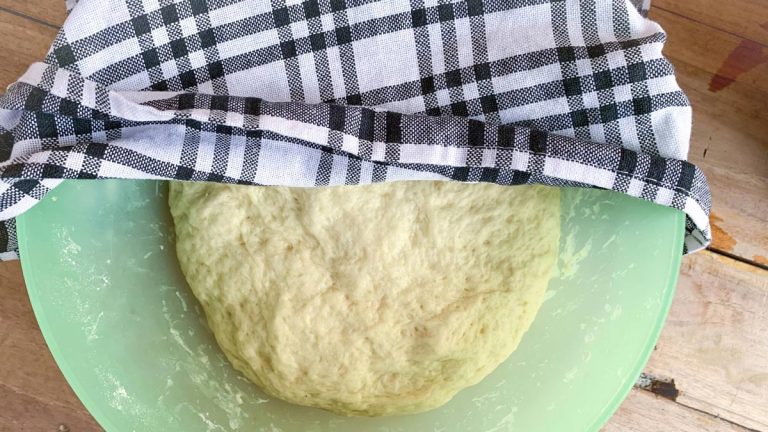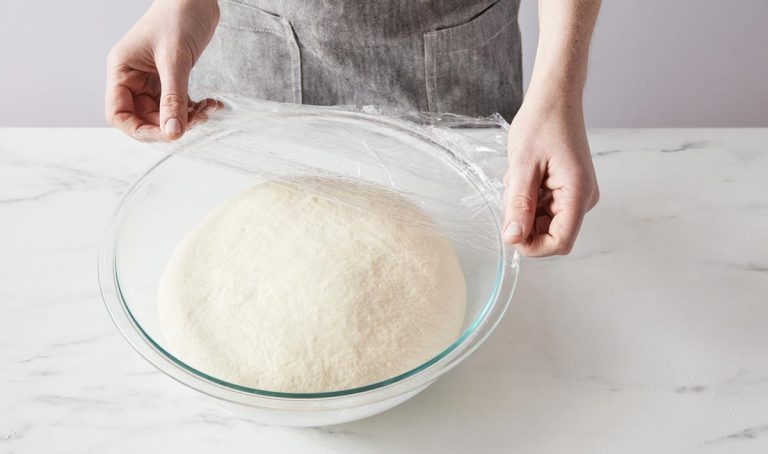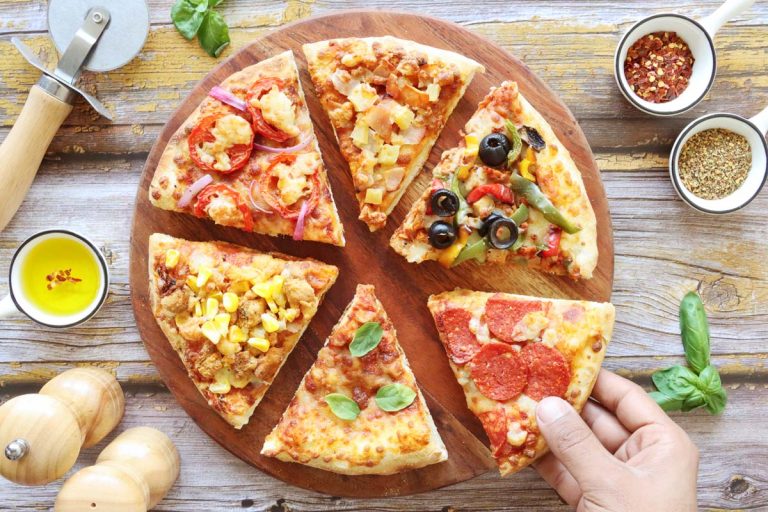Dough Hook vs Hand Kneading: Know How They Are Different
Homemade bread outperforms store-bought bread by a mile not only because it has better texture and taste but also because making your own bread with your hands has a greater sense of accomplishment. But baking bread is a lengthy and laborious process as it requires kneading the bread.
But thanks to modern technology, we now have stand mixers that can do most of the laborious work for ourselves. Anyone can knead bread easily with a stand mixer with a dough hook attachment without much prior experience of baking bread.
Hand kneading may be a tiresome process but it also has its benefits. On the other hand, using a dough hook attachment on the stand mixer is a lot easier but it comes with some disadvantages. Here we will discuss thoroughly both processes, their differences, advantages, disadvantages, and which method to use in which circumstances.
What Is a Dough Hook?
A dough hook is a metal or plastic hook-shaped attachment that comes with stand mixers that are used to knead dough to make bread, bagels, yeast donuts, and other high-gluten baked goods. Dough hook stretches the dough like hand kneading but a lot faster which makes the process a lot easier.

What Is Hand Kneading?
Hand kneading is the method through which bread, bagels, or yeast donut dough is stretched, pulled, and layered above each other to build the gluten chains in the dough. Hand kneading has been a popular method of building up the gluten in bread and other bakery items for centuries.

Dough Hook vs Hand Kneading: What Are the Differences?
Kneading is the technique that is used to fold the dough in on itself to build up long gluten chains so that when the yeast produces carbon dioxide gas, it gets trapped in these and inflates the bakery item. Both hand kneading and using a dough hook accomplishes this goal in different ways.
The bread or other bakery items made by hand kneading and those made using a stand mixer with a dough hook attachment do not have significant differences between them but they do have slight differences in texture and flavor. These methods also have differences such as time, convenience, authenticity, and quality.
Time and Convenience
Hand kneading takes a lot of effort and time. You have to continuously stretch and fold the dough by hand and with each fold, the dough gets tougher to work with until it starts to get elastic. Using a dough hook on a stand mixer on the other hand is as easy as just putting the ingredients together in a bowl and turning on the switch.
It takes at least 15-20 minutes of continuous kneading of the dough to make bread by hand kneading whereas it takes only about 10 minutes for the stand mixer with the dough hook attachment to knead the bread.
Hand kneading is also especially difficult when it comes to wet and sticky dough as it gets stuck to your hand and does not want to get folded easily. Sticky dough is way easier to knead with the dough hook attachment on a stand mixer.
Texture
A stand mixer with a dough hook attachment holds the dough in the same pattern over and over again which makes the dough very homogenous and repeats the folds in the same way. This is the reason why store-bought breads have a finer texture to them than you would get in homemade bread made by hand kneading.
Some people like the finer texture of store-bought bread and some enjoy the authentic and more natural texture of hand-kneaded bread. However, the texture differences might not be significant enough to be sought out by regular people.
Taste and Quality
There is a slight difference in taste and the overall quality of hand-kneaded bread and bread made with a stand mixture. Oftentimes, the dough hook attachment on the stand mixer over-kneads the dough and heats the dough as it is kneading the dough at high speed which decreases the overall quality of the bread. Hand-kneaded bread never has this problem as it is a slow process.

Which Is Better, Dough Hook or Hand Kneading?
Both processes have their upsides and downsides. Hand kneading not only ensures a better texture and quality of the bread, but it also gives the baker a sense of accomplishment as he pours in his hard work. At the same time, it takes time and labor to knead a bread dough by hand that many do not want to spend to make bread.
Using a stand mixer with a dough hook attachment takes less time and way less effort but it often over-kneads the dough and heats it as it kneads the dough which decreases the quality and texture of the bread.
So hand kneading method is the better method if you have a lot of time and wish to work hard to make your bread to get a sense of fulfillment and using a stand mixer with a dough hook attachment is better if you are in a hurry and do not wish to work harder than necessary.
Frequently Asked Questions
Does Hand Kneading Develop More Gluten?
Yes, hand kneading develops more gluten in the dough than kneading with a dough hook attachment on a stand mixer.
How Do I Avoid Sticking When Hand Kneading?
Dust the surface and your hands when you are kneading sticky and wet dough. You can also use a bit of olive oil or vegetable oil on your hand to avoid the dough from sticking to your hand frequently as you knead.
How to Know if the Dough Is Kneaded Enough?
The dough will not stick to your hand or the surface and it will look smooth when it has been kneaded enough. It takes about 15-20 minutes of hand kneading for a dough to be prepared.

Does More Kneading Make Better Bread?
No, you should not knead the dough too much as it will build too much gluten and become too stiff when you bake it. Only knead as much as required.
How Long Should I Knead Bread Dough by Hand?
You should knead bread dough for 15-20 minutes by hand when you are making bread.
What Is the Best Kneading Technique?
Pushing the dough down, folding, kneading, rotating, and pushing it down again is the best kneading technique. It ensures that the entire dough gets kneaded well and evenly.







